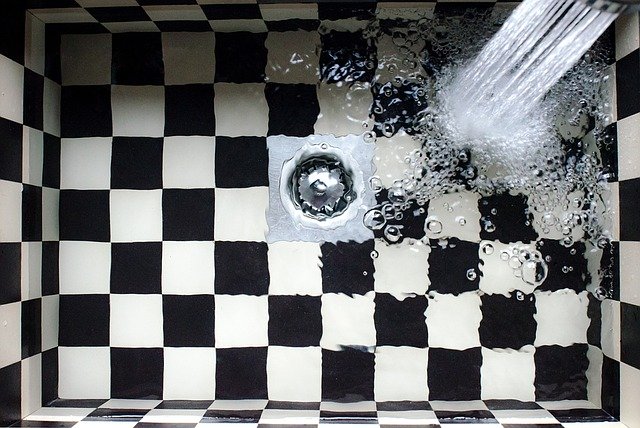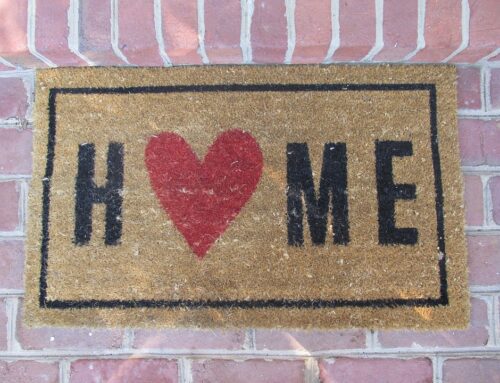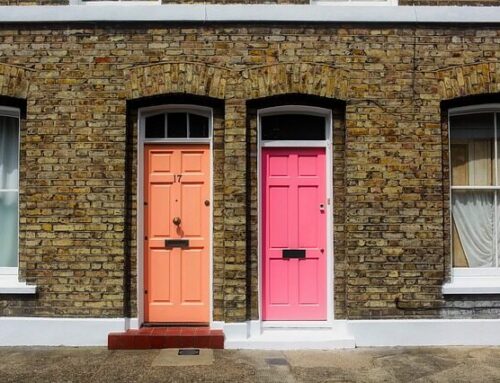A clogged sink isn’t an issue you can ignore because it really can turn your daily life upside down. Here are a few inexpensive ways to unblock the drain without calling a plumber.
Read also: 4 Plumbing Issues at Home You Can Fix By Yourself
Boiling water
Unclogging the sink with boiling water is the easiest and least expensive method of all so that you can try this one first. It’s most suitable for kitchen drains. Remove as much of the remaining water from the sink as you can. Then, pour an entire kettle of boiling water into the drain and wait. If the water doesn’t seem to move, wait for it to cool down and remove it to try again. You may have to repeat the whole procedure a few more times to loosen the clog, but this often works for stoppage made of food and grease residues.
Check also: How to Detect Leaks at Home
Baking Soda and Vinegar
Mixing baking soda and vinegar produces carbon dioxide – all the bubbles that pop on the surface. When bubbles are released, they agitate the residues blocking the sink, making it easier to flush the clog away. This procedure is safe, non-toxic, and inexpensive and can be useful when you have to loosen the gunk in a slow drain. However, the method doesn’t work for severely clogged drains. Here’s how it works:
- Remove the excess water from the sink using a mug.
- Pour a generous amount of baking soda into the drain.
- Add 1 cup of vinegar into the drain.
- Try to loosen the blockage with a plunger if you have one.
- Rinse with boiling water.
- Repeat if necessary.
Read also: How to Fix Leaky Shower

If used correctly, this is one of the best tools for unblocking sinks at home.
Household Plunger
If used correctly, the plunger is quite efficient in removing residues and unclogging both kitchen and bathroom drains. In case you have a double sink, seal off the second side with the stopper or a wet cloth before you proceed. You will have to create a snug seal around the plunger. To do so, fill the side of the sink you need to plunge with enough water to cover the rubber cup of the plunger completely. Place the plunger tightly over the drain and plunge vigorously a few times. When you hear the suction clearing the clog, pull out the plunger. You may have to collect some of the stuff that comes out with your hands and throw it away. Otherwise, you risk blocking the sink again. When you are done flush the drain with hot water.
Check also: How to Repair a Crack in Your Toilet
Sodium Hydroxide
Sodium hydroxide, widely known as lye or caustic soda or is a white solid, and it is the active ingredient in most drain and oven cleaning products. You can purchase the substance at any hardware supply store. When the water solution of sodium hydroxide gets in contact with fats or oils, the result is soap and glycerol. This process is called saponification. So when you use caustic soda to unclog the drain, you are dissolving all the fats and transforming them into water-soluble products. Besides dissolving fats, the substance hydrolyses the proteins in hair, which usually clog the pipes in your bathroom sink or shower. Here is how to use caustic soda to unclog the drains:
- Fill a plastic bucket with cold water. Never use a metal container as sodium hydroxide reacts with metals.
- Add 3 cups caustic soda and stir it with a wooden or plastic spoon. The mixture will heat up and fizz.
- Pour the solution into the clogged drain and let it work its magic for 15-20 minutes.
- Rinse the drain with boiling water.
Read also: How to Replace the Basin Taps
Safety Information
The sodium hydroxide dissolves organic residues clogging the pipes, like hair and grease. Caustic soda is non-toxic, and it isn’t dangerous for your household and the environment. However, you will have to wear gloves and safety goggles when using it. The reaction releases strong vapours, so make sure you have good air circulation in the room.
If you need help unclogging the sink, don’t hesitate to call us – our trained professionals will do the job for you in no time.



